“Don’t ask what the world needs. Ask what makes you come alive, and go do it. Because what the world needs is people who have come alive.”
— Howard Thurman
In a world that insists on clarity, certainty and optimisation, the facilitator’s job has never felt more complicated — or more necessary. As we move deeper into the “Intelligent Age” of algorithmic tools, remote spaces and hybrid interactions, a subtle pivot is required: the shift from organising for outcomes to stewarding for emergence.
At the heart of that shift lies a simple truth I’ve come to live by: prioritise the quality of your presence. When you show up with genuine curiosity and care, you enact a form of intelligence that no machine can replicate or replace.
In this context, curiosity is far from a lighthearted novelty — it’s a powerful discipline. I think of curiosity as a commitment to Not Knowing — an orientation that delights in detours, relishes emergence, and loosens the stranglehold of the predetermined.
Why does this matter now? Because the systems around us are efficient, metrics-driven and risk-averse. They reward certainty. But when we design spaces in the Intelligent Age — whether team sessions, online forums or learning communities — the magic often happens in the in-between. It happens when we lean into what we can’t yet plan for.
Coddiwomple Design
In many professional situations, we’re expected to know where we’re going, why we’re going there, and how we’ll know we’ve arrived — preferably before we take the first step.
But in my experience as a learning designer and community builder, many of the most meaningful journeys begin in not-knowing. Not in a vague or accidental way, but with intentional trust in the intelligence of what hasn’t yet revealed itself.
This is what I call coddiwomple design — the art of moving purposefully toward an unknown destination. It’s an approach grounded in curiosity and care, where the role of the facilitator is not to deliver certainty or stay “on track,” but to host a container that can hold what wants to emerge.
This is also where context creators come in. As facilitators, we’re no longer just content deliverers — we’re designers of relational atmospheres. That means paying attention to what the room feels like, not just what it’s supposed to achieve. It means noticing what’s alive.
This is where I work. And if you’re reading this, you probably do too.
Curiosity as the Secret Infrastructure
When facilitators step into the room (virtual or physical) holding an agenda, a slide deck, and a clearly defined outcome, they reinforce the dominant mode of optimisation. But when they begin from a posture of curiosity — “What might emerge here?” “What is alive right now?” “What do we not yet know we need?” — they hold space for something deeper.
From the Grokkist vantage point, curiosity is not just asking questions — it’s the care behind asking them. (The Latin root of curiosity is cura — care.) When we care enough to stay with the unknown, to honour the detours, to treat the unexpected as belonging rather than error, we begin to design for aliveness.
Real intelligence — the kind that moves people — often lives in the space between the bullet points.
At Grokkist, we design learning and community experiences around this ethos. Our gatherings are intentionally unhurried and lightly held. We begin not with objectives, but with invitations. And over time, we’ve noticed that certain qualities tend to surface — ones that don’t fit neatly into KPIs or success metrics, but are unmistakable when they arrive.
What Aliveness Feels Like
We’ve been developing a language for this through field notes and reflection — what we call indicators of aliveness. These are the subtle, qualitative signs that something is landing, that people are more themselves, that something real is unfolding.
Here are a few:
- Come Aliveness – Someone’s eyes sparkle. Their posture shifts. A story spills out with sudden energy. You hear, “I’ve never said this before, but…” and the room leans in.
- Shoes-Offness – The tone softens. People drop their guard. They speak in their own voice, not their professional one. In virtual spaces, cameras turn on, bodies stretch, cats stroll through the frame — a reminder that “online engagement is hard” is only true if the space isn’t alive.
- Warm Syrupy Silence: Not awkward silence. Sacred silence. The kind that feels full rather than empty. You could stir it with a spoon.
- Unplanned Emergence – A metaphor is coined. A question opens a door. The session spawns a new thread, a new connection, a new practice. No one could’ve predicted it, and everyone’s grateful.
- Presence: The room holds its breath in the best way. People listen with their whole selves, and what’s said lingers. Participants refer back to each other’s earlier words. The space feels held, not steered.
These aren’t outputs — they’re outcomes of care. Not metrics, but signals. They’re about noticing: what brings people into contact with themselves, with each other, and with what matters most.
What Facilitators Can Do
As facilitators, our role is not to engineer outcomes, but to steward atmospheres. To design for emergence, we need to make peace with uncertainty.
That doesn’t mean abandoning structure — it means holding it lightly enough that something surprising can still happen. Nor does it mean turning up empty‑handed. It means showing up with a plan you’re ready to throw out — structure as scaffolding, not script. A good session design is like kindling: it helps spark the fire, but you don’t keep reaching in once the flames have caught.
This begins with the quality of your presence.
When you show up with curiosity and care, others feel it. You give them permission to do the same. And that shift — from performance to presence — is often the most intelligent thing in the room.
In a culture that prizes answers, we need more spaces built around beautiful questions. In a world rushing toward certainty, we need more facilitators who practice curiosity as a commitment — a willingness to be with what’s unfolding, even when it’s uncomfortable. It’s staying in the conversation a moment longer. Letting the silence stretch. Choosing not to tidy up someone’s messy thought.
It’s not easy. It takes practice. But it’s how we build the kind of rooms that people leave feeling more alive, more connected, more themselves.
A live invitation
If you’d like to experience this firsthand, I’ll be hosting a session at the Online Facilitation Unconference (OFU) called Coddiwomple Design: Holding Space When You Don’t Know Where You’re Going (Yet). It’s part talk, part participatory exploration, and 100% alive.
Come if you’re tired of pretending to know. Come if you’ve felt the presence of something real in a room and wondered how it got there. Come if you’re already a context creator, whether you’ve named it yet or not.
Because what the world needs — especially now — is people who have come alive. And people who know how to help others come alive, too.

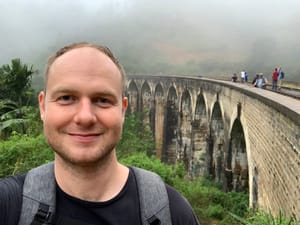

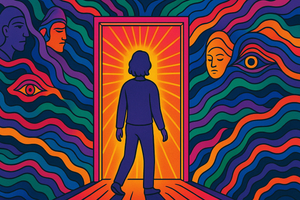




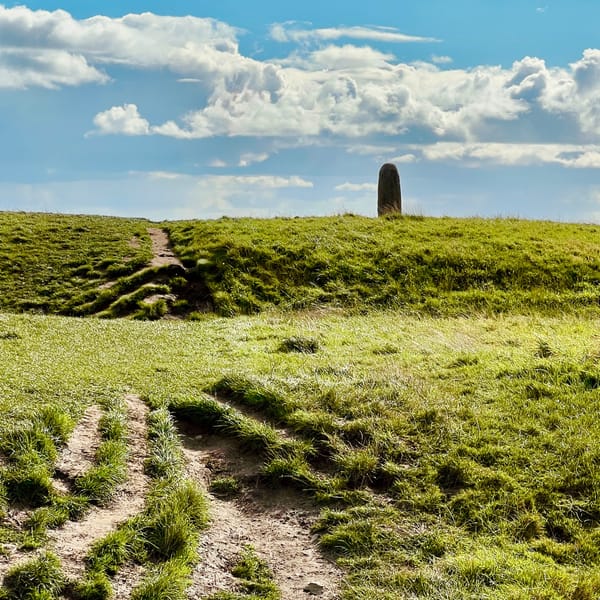
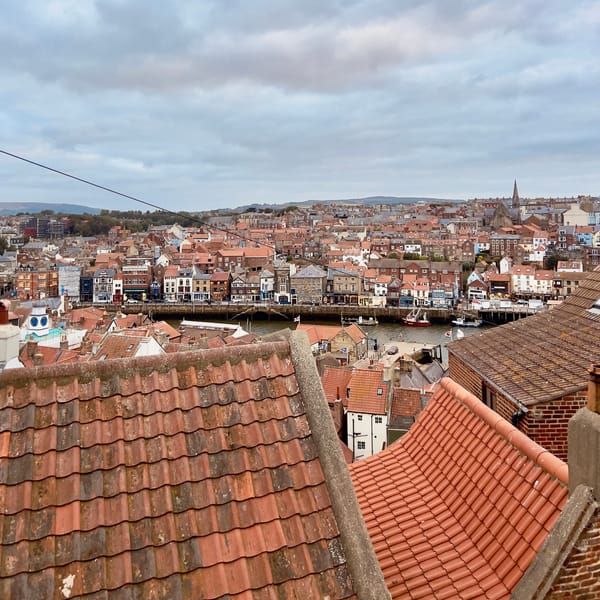
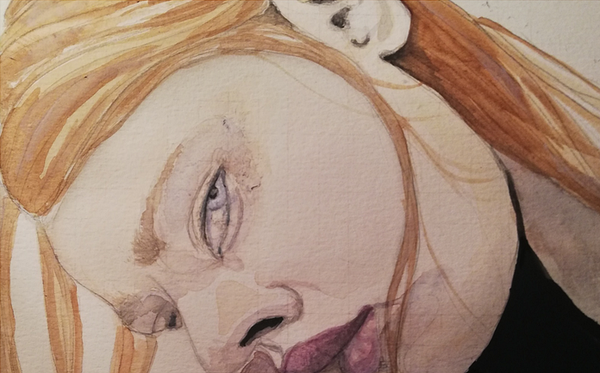
Member discussion